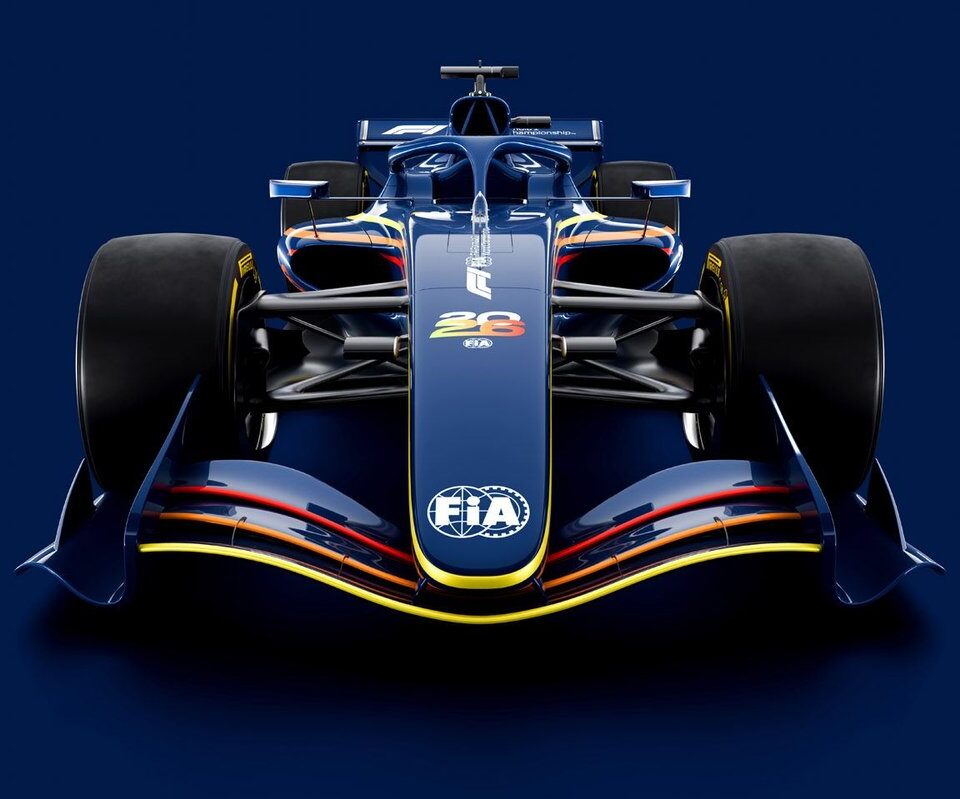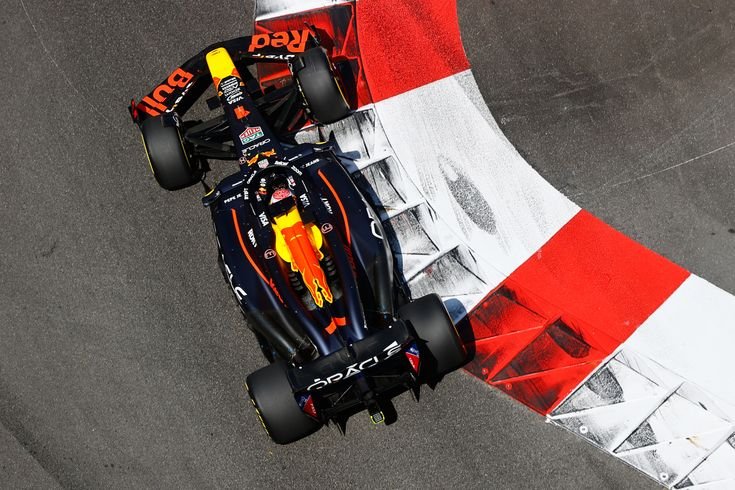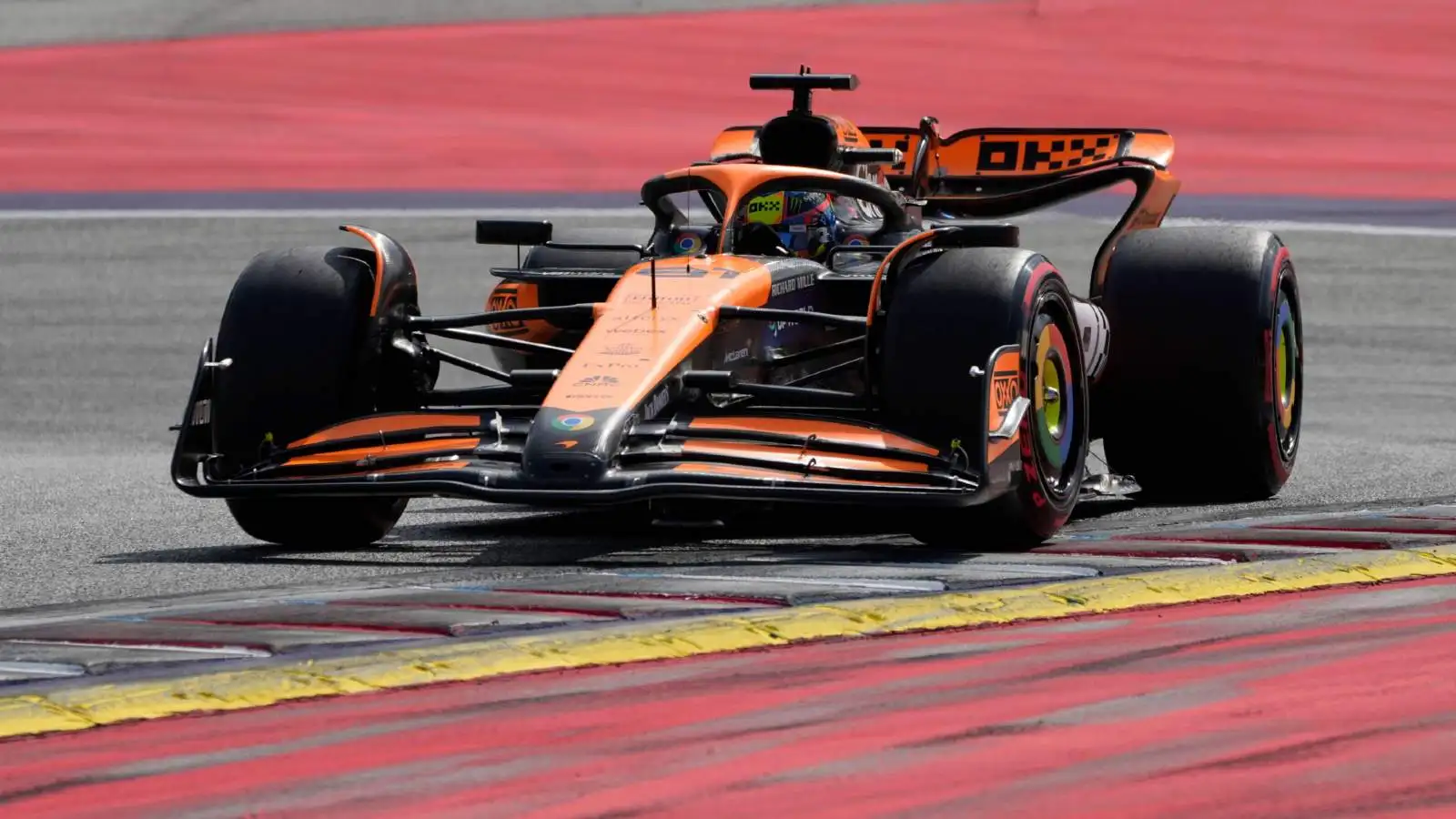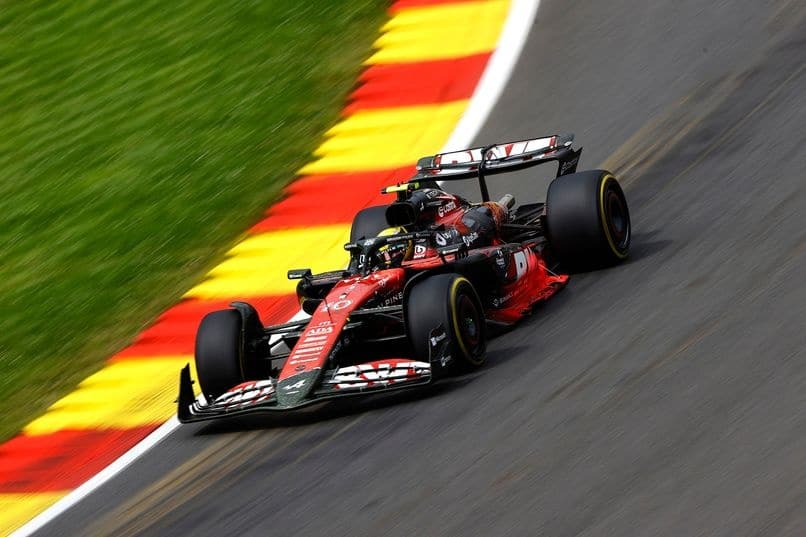It looks like the FIA is finally ready to listen to teams’ worries about the new 2026 Formula 1 rules. A lot of teams have been pretty vocal about their concerns since the FIA laid out its plans earlier this week.
One major issue that’s come up is the performance of the cars. Early simulations suggest that these new cars might be slower than Formula 2 cars in corners due to a lack of downforce. McLaren’s team principal, Andrea Stella, didn’t hold back, saying, ‘The cars are not fast enough in the corners and too fast on the straights.’ Teams are also frustrated by how restrictive these new rules are, limiting their ability to make improvements.
The FIA’s single-seater director, Nikolas Tombazis, addressed some of these concerns. He mentioned that the World Motor Sport Council would discuss the draft regulations next week, and, if approved, they’ll still be open to refinements. ‘We are not in the final set of regulations yet and we do have quite a few things that we need to find and discuss with the teams,’ Tombazis explained.
He added that they were aware of the downforce and straight-line speed issues raised by teams, calling them ‘refinements that still need to take place.’ Between the end of this month and the start of 2025, when teams can begin aerodynamic development, the FIA expects to work closely with teams to iron out these kinks. Tombazis is optimistic that this collaboration would lead to better rules, saying, ‘Hopefully that will lead to some refinements that will be submitted to the World Council, maybe a bit later in the year and hopefully approved.’
Tombazis acknowledged that the fears about the cars being slow were valid, but he assured that things would look different by the time the 2026 cars hit the track. ‘I think the fears are accurate because people are taking a snapshot of what the regulations are on a piece of paper now and are making comments on the basis of what they see,’ he said. But he also reassured everyone by adding, ‘To increase the downforce of these cars is actually quite easy.’
Interestingly, some competitors suggest that lifting the power produced by the internal combustion engine (ICE) element could speed up the cars. This could be done by not restricting fuel flow as much. Tombazis hinted that this idea wasn’t off the table, stating that any changes would need approval from the power unit manufacturers. He sounded hopeful about the collaboration, saying, ‘If there are some tweaks needed, I’m quite confident the PU manufacturers would help and be collaborative.’
So there you have it. The FIA appears ready to heed the concerns of teams and make necessary adjustments to the 2026 F1 regulations. While there are valid worries, there’s also a sense of optimism that these issues will be resolved through collaboration between the FIA and the teams.
Source: Motorsport










